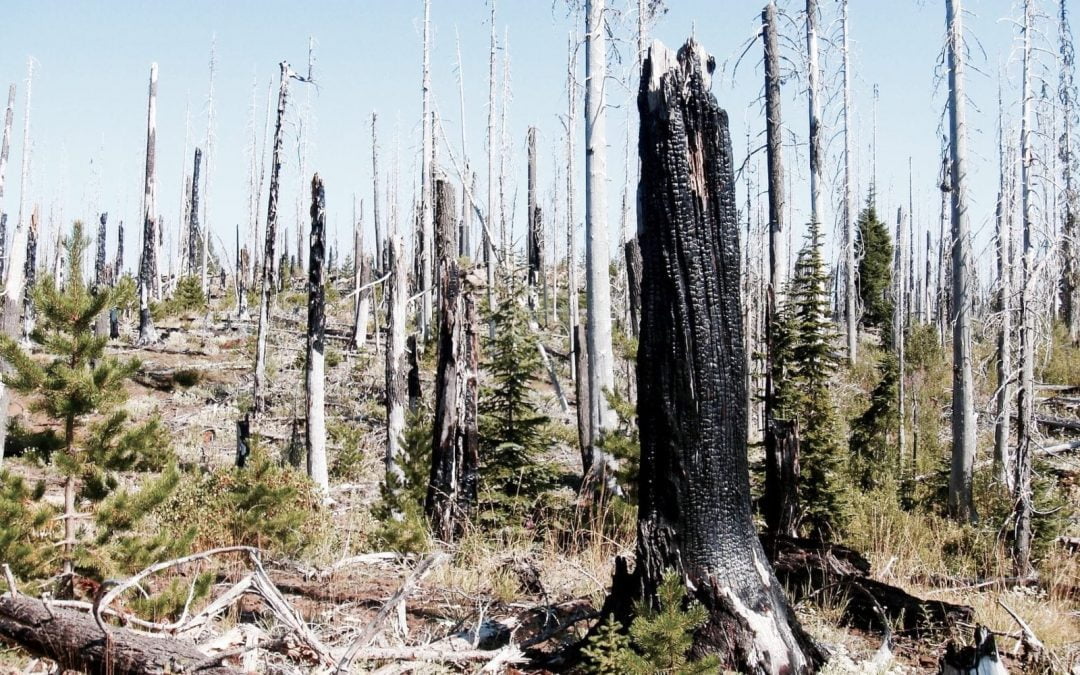The stability of the world’s food supply is increasingly at risk due to climate change, according to an Intergovernmental Panel on Climate Change report published Aug. 8.
Impacts of the expansion of agricultural land usage, coupled with climate change impacts (overall temperature increases, along with higher frequency and duration heat waves, droughts and other extreme weather events), has “contributed to desertification and land degradation in many regions.”
Land degradation is “a negative trend in land condition, caused by direct or indirect human induced processes, including anthropogenic climate change, expressed as long-term reduction and as loss of at least one of the following: biological productivity, ecological integrity or value to humans.” This includes soil erosion, vegetation loss, wildfire, permafrost thaw.
Desertification is defined as “land degradation in arid, semi-arid and dry sub-humid areas resulting from many factors, including climatic variations and human activities.”
This is a matter of water scarcity, which “amplifies global warming through the release of CO2 linked with the decrease in vegetation cover.”
Currently, an estimated 500 million people live in areas impacted by desertification.
As these processes continue and expand, more people will be living in areas impacted by these changes, resulting in an increasingly unstable food supply for a growing number of people.
“The stability of food supply is projected to decrease as the magnitude and frequency of extreme weather events that disrupt food chains increases (high confidence). Increased atmospheric CO2 levels can also lower the nutritional quality of crops (high confidence),” the report said. “The most vulnerable people will be more severely affected (high confidence).”
Population growth is a contributing factor to climate changes and its impacts, as agricultural production expands to meet the growing needs.
Currently, agriculture, forestry and other land usage account for 23% of anthropogenic greenhouse gas emissions – a figure that is expected to increase.
Human land usage has contributed to the degradation of around 25% of ice-free land globally, while the areas impacted by drought have increased by 1% per year on average from 1961 to 2013, and soil erosion is taking place at a rate of 10 (areas with no tillage) to 100 times (areas with conventional tillage) faster than soil formation.
“Asia and Africa are projected to have the highest number of people vulnerable to increased desertification. North America, South America, Mediterranean, southern Africa and central Asia may be increasingly affected by wildfire. The tropics and subtropics are projected to be most vulnerable to crop yield decline,” the report said.
An executive summary is available here. The full report is available here.


